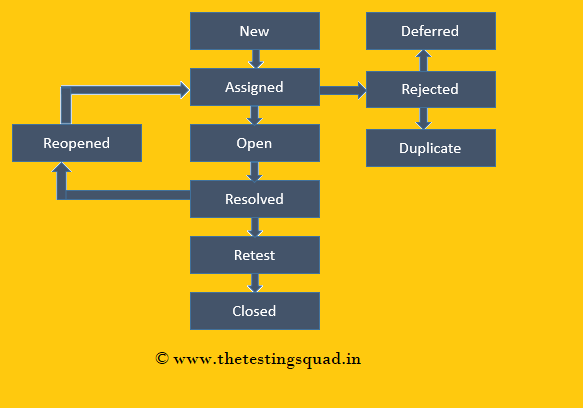What is Bug Life Cycle ?
The bug life cycle, also known as the defect life cycle, is the process that a software bug or defect goes through from its discovery to its resolution.
This generally includes the following steps:
Detection: Bugs are identified by the tester or user during testing or production.
Reporting: Bugs are reported to the development team through a bug-tracking system.
Assignment: The development team assigns a bug to a developer for investigation.
Reproducibility: The developer reproduces the bug to understand the cause.
Analysis: The developer analyzes the bug and determines the best course of action to fix it.
Fixing: The developer works on fixing the bug.
Testing: The improvement is tested to ensure that the bug is resolved.
Release: The fix has been released in a new version of the software.
Closure: After the bug is resolved and released, it is closed in the bug tracking system.
Different status in bug life cycle (JIRA status):
Different organizations or teams may have different bug life cycle positions, but some common positions include:
- NEW: A bug has been reported and is under review for the first time.
- Assigned: The bug has been assigned to a developer for investigation.
- IN PROGRESS: The developer is currently working on reproducing and resolving bugs.
- Fixed: The developer has fixed the bug and is waiting to test it.
- Verified: The solution has been tested and the bug has been fixed.
- Rejected: The reported bug does not meet the criteria for a bug, or it is a duplicate of an existing bug.
- Postponed: The bug is not a high priority issue and will not be fixed in the current release.
- Closed: The bug has been resolved and closed in the bug tracking system.
Manual Testing Interview Questions
Read More: Software Testing Interview Questions



Post a Comment